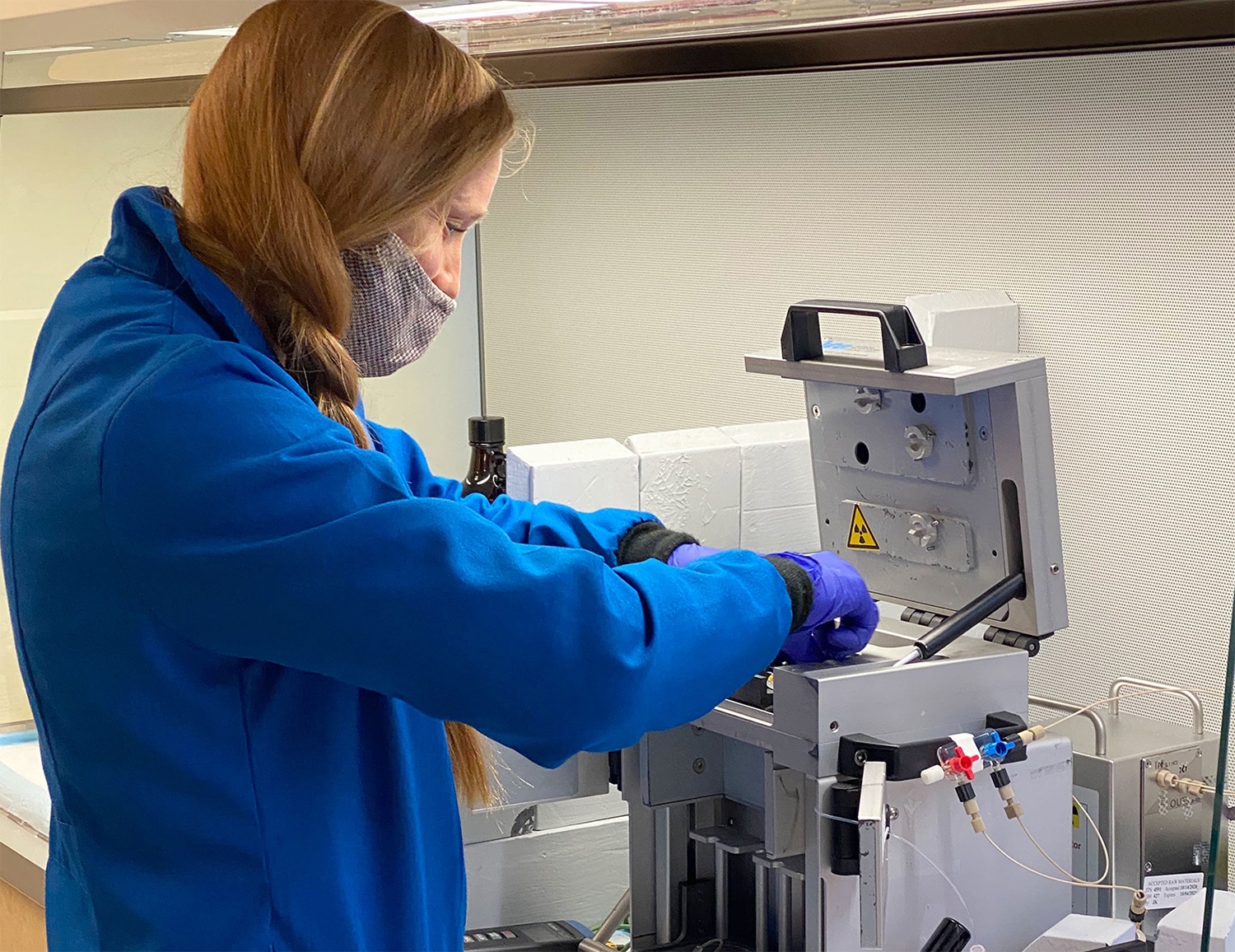A NEW IMAGING METHOD, called prostate-specific membrane antigen (PSMA) positron emission tomography (PET), may more accurately spot prostate cancer metastases than conventional imaging, according to a study published in the April 11, 2020, Lancet.
Traditionally, patients with high-risk prostate cancer receive a combination of CT and bone scans to check if their cancer has spread. PSMA PET, which is often combined with a CT scan, involves injecting a radioactive tracer into the body. The study used a tracer composed of a molecule that binds to PSMA and gallium-68, a radioactive isotope. Because PSMA is highly expressed on the surface of prostate cancer cells, the tracer labels them for imaging.
The study included 302 men from multiple sites in Australia who had prostate cancer at high risk of spreading. They were randomly assigned to undergo conventional imaging or PSMA PET-CT before their planned surgery or radiation therapy. PSMA PET-CT correctly identified significantly more patients with metastases than conventional imaging and ruled out nearly all patients without metastases. The new method was less likely to generate inconclusive results and more likely to change treatment strategy.
Thomas Hope, a nuclear medicine physician and radiologist at the University of California, San Francisco who was not involved in the study, explains that detecting metastases can prevent patients from having a procedure that does not treat all their disease. However, he cautions, “We don’t actually have prospective clinical trials that show that changing treatment planning based on imaging improves outcomes.”
The tracer used in the study was approved by the Food and Drug Administration in December 2020 for use in patients with suspected prostate cancer metastasis or recurrence. For now, just two institutions are approved to manufacture the tracer. Hope, who conducted research that led to the approval, anticipates that PSMA PET-CT will become widely available by the end of
Cancer Today magazine is free to cancer patients, survivors and caregivers who live in the U.S. Subscribe here to receive four issues per year.





